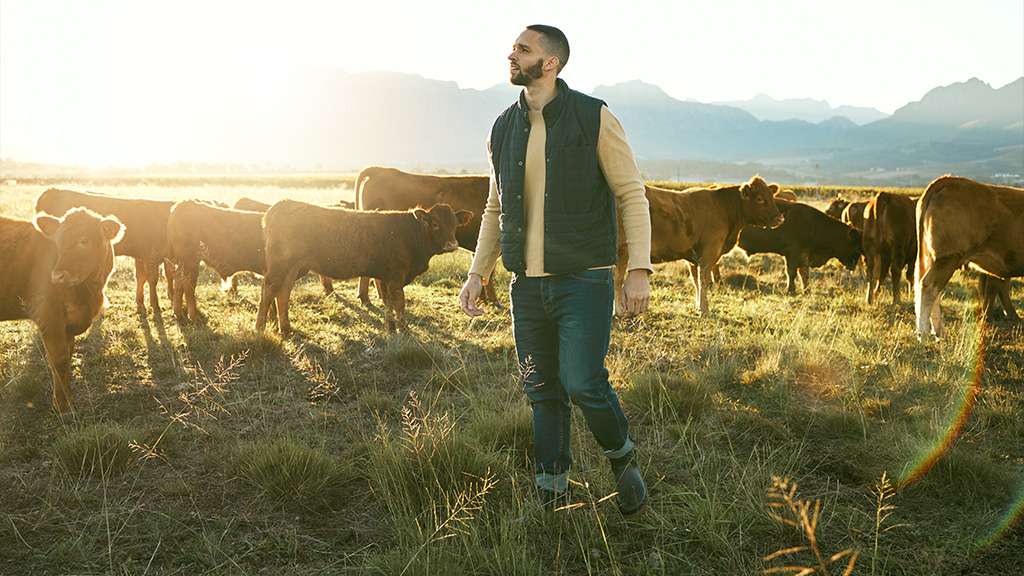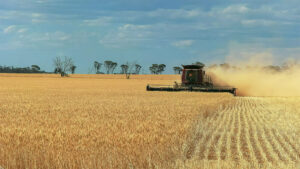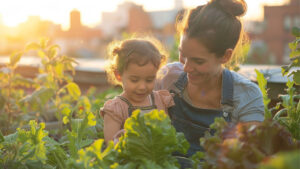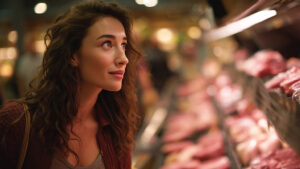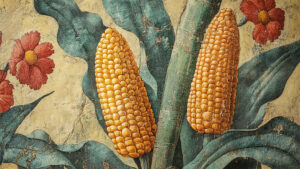The rise of small grower brands in Australian food production
To bridge the gap between farmer and consumer, farmers are looking to reduce the number of hands through which food passes to reach the table. Instead of sending to a remote third-party processor, then to separate packaging plant, farmers might choose to process onsite.
Instead of selling and distributing through a central hub, they might choose to sell direct. A complaint of coastal communities is that fish caught off the coast is driven to capital city markets then driven back to the coast for sale. Seafood sold at the Sydney Fish Market comes from over 300 communities right around Australia.
There are still many regional fishing co-operatives selling direct to the public. In some coastal towns, customers can purchase directly from the trawlers. Savvy boat owners use technology to sell directly. Tweed River residents, for example, can buy prawns, bugs, crabs and fish from local trawlers. At least one of the trawler owners sends subscribers a text message to let locals know what they’ve caught and the cost per kilo. The trawlermen sell at prices below fish shops and higher than the wholesale prices they get from distributors or retailers. Consumers get the freshest seafood and the best prices, and the boat owner makes more profit.
To sell direct to consumers, farmers often create their own brands. Peter and Sally Strelitz created Milly Hill lamb in 2007 to sell direct to discerning restaurants, rather than selling through wholesalers. That coincided with a growth in restaurant menus displaying the provenance of their ingredients.
Joe Byrne and partners established Bangalow Sweet Pork because they were unhappy with the direction taken by the pork industry association. As Joe explained it, he and his peers were being pushed into breeding pigs with lower and lower fat. The problem with reducing the fat is that it produces dry, tough and flavourless pork. Joe convinced a few farmers in northern New South Wales to focus solely on heritage breeds like Berkshires, Hampshires and Tamworths. They chose smaller breeds with higher fat and better flavour than big white commercial breeds.
Some farmers build their small businesses by adding value to their primary produce. A farmer with olive trees might start by selling fruit to a major oil producer. Next step might be to mill their olives onsite or at a local mill and bottle their own oil to sell direct to consumers. Family-owned Kangaroo Island Olives is one producer that does this. The next step is to use this oil to produce their own brand of salad dressings. They might process olives to make tapenades and other condiments. Rich Glen is another olive grower that has expanded business beyond oil. Visit the Rich Glen website and you’ll find candles and essential oils, skin care products, salts, jams and chocolates. Some of these are produced by local specialists who choose to sell through the Rich Glen site.
Reducing food miles (the distance produce travels from farm to table) is another reason that farmers might choose to sell directly and locally. Reducing food miles is one of the pillars of the growth in farmers’ markets.
These markets showcase local produce. Prices mightn’t be lower than supermarkets, but a much bigger chunk of the profit goes into the farmers’ pockets. And the food is often fresher. A survey by Inside Small Business found that 79% of Australians believe that farmers market produce is fresher than in supermarkets.
Farmers get to talk directly with their customers. They learn how people cook their produce. If they introduce a new fruit or a new variety of vegetable, they learn firsthand how people enjoyed it.
Whilst the big get bigger, small farms will always be part of the future of food farming in Australia.
At IIF, we partner almost exclusively with smaller producers passionate about growing better, healthier, more sustainable foods.
If you’d like a chance to invest in their produce in the future, sign up as a member of the Invest in Farming Co-operative. You can do that here.
